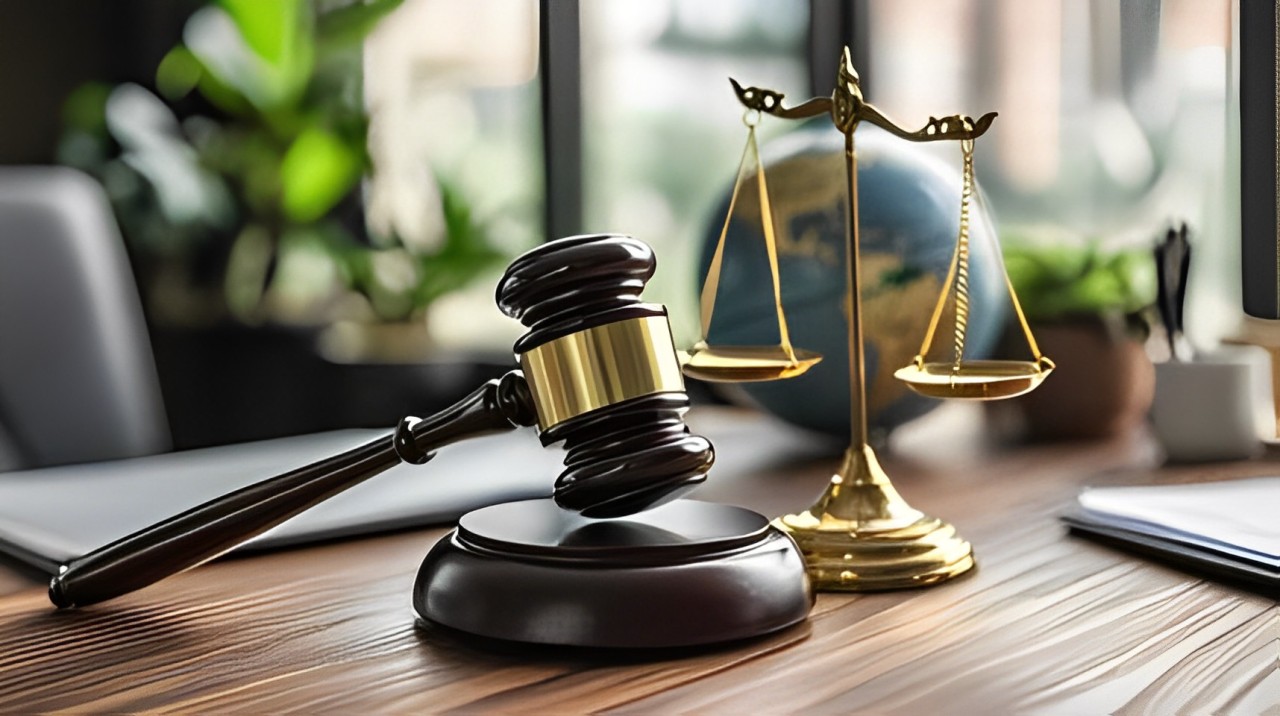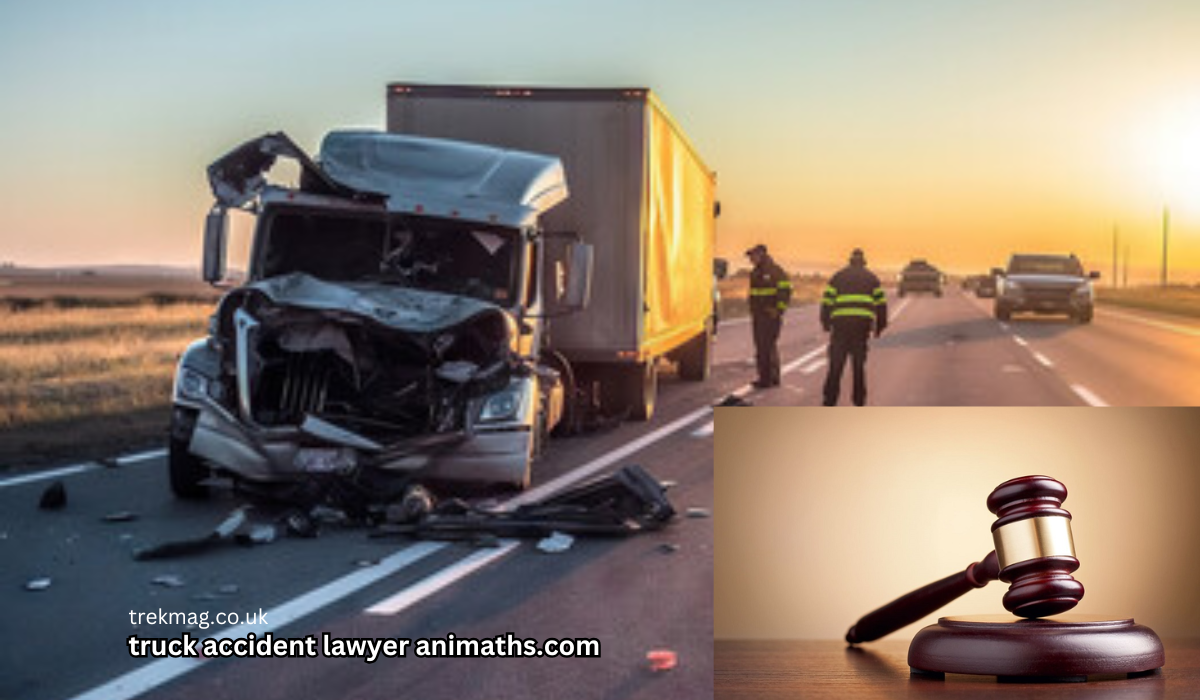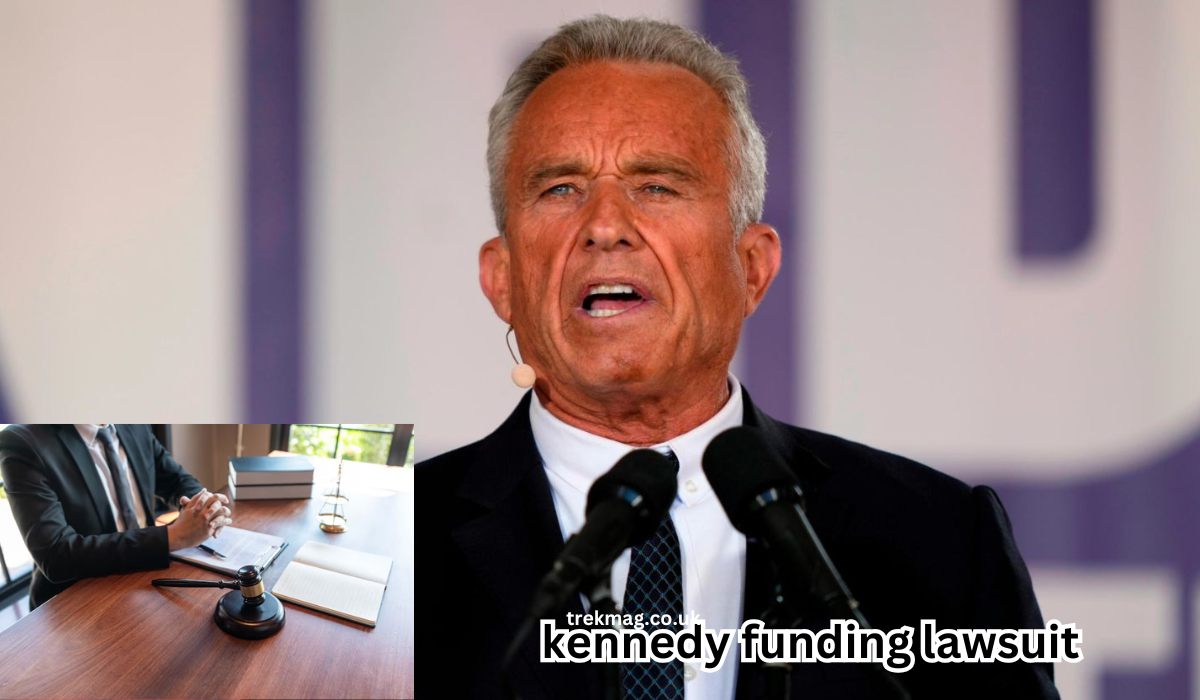Road safety remains a critical issue in the United States, with car accidents being one of the leading causes of injury and death. Despite significant advancements in vehicle safety technology and enforcing stricter traffic laws, the prevalence of road accidents continues to be a major concern.
According to USA Today, from 2018 to 2022, the number of fatal car crashes in the U.S. surged by more than 16%. The fatalities increased from 36,835 to 42,795 during this period. Several factors contribute to this high rate of car accidents, and understanding these can help in formulating strategies to mitigate them.
Here, we delve into four common road problems in the US that significantly contribute to car accidents.
Poor Road Conditions
One of the most significant contributors to car accidents is poor road conditions. Potholes, uneven surfaces, and lack of proper road maintenance can lead to loss of vehicle control. Drivers might swerve suddenly to avoid potholes, leading to collisions with other vehicles or losing control and crashing. Moreover, roads that are not properly maintained can cause tire blowouts and suspension problems, further increasing the risk of accidents.
In 2023, St. Louis, Missouri, topped the nation in pothole-related searches, indicating a severe issue with road conditions, as reported by Fox 2. St. Louis was the only city with more than 1,000 searches per capita for potholes, with Orlando (952), and Minneapolis (949) closely following.
This high volume of searches suggests a significant risk of pothole-related accidents in cities like St. Louis. If you find yourself in such a situation, it is imperative to hire a car accident lawyer in St. Louis.
TorHoerman Law notes that these professionals specialize in navigating the legal complexities of personal injury cases stemming from poor road conditions. They can assist by conducting a thorough investigation to gather evidence of the pothole’s existence and its role in causing the accident. This includes reviewing accident reports, gathering witness statements, and consulting with experts if necessary to establish liability.
A skilled lawyer will advocate for your rights and negotiate with insurance companies. They ensure you receive fair compensation for damages such as medical expenses, vehicle repairs, lost wages, and pain and suffering.
Inadequate Signage and Traffic Signals
Another critical factor leading to road accidents is inadequate or poorly placed signage and traffic signals. Missing or obscured signs can confuse drivers, leading to dangerous maneuvers and collisions. Similarly, malfunctioning traffic signals can cause chaos at intersections, resulting in accidents.
Inadequate signage and traffic signals can lead to missed turns, abrupt stops, and failure to yield, all of which can cause accidents. Intersections are particularly prone to accidents when traffic signals are not functioning correctly. According to the Federal Highway Administration, more than half of all fatal and injury crashes happen at or near intersections. Many of these incidents result from inadequate or poorly placed signage.
Poor Road Design
Road design plays a pivotal role in ensuring driver safety. Poorly designed roads, including sharp curves, inadequate merging lanes, and lack of proper shoulder space, can lead to accidents. Roads that do not account for the volume of traffic or the types of vehicles that use them can become hazardous.
Such design flaws can lead to drivers misjudging turns, merging unsafely, or running off the road. These dangers are amplified under heavy traffic or adverse weather conditions, raising the likelihood of multi-vehicle collisions.
A study reported by Claims Journal found that over 100 fatal accidents in the U.S. each year involve inadequate road design. The study analyzed data from the NHTSA and found that Arkansas, Alaska, and North Dakota are the states most affected by poor road design. Common issues in these states include insufficient exit warnings, obscured pavement markings, and inadequate construction.
Lack of Pedestrian and Cyclist Infrastructure
The absence of adequate infrastructure for pedestrians and cyclists is a significant contributor to road accidents. When roads do not accommodate non-motorized users, such as pedestrians and cyclists, the risk of accidents rises sharply. The lack of dedicated lanes, crosswalks, and proper lighting can create hazardous situations where vehicles and non-motorized road users interact dangerously.
According to The Daily Iowan, cyclist fatalities have increased by 25% since 2010, and pedestrian deaths have surged by an alarming 45%. This trend is not confined to large cities alone. In Colorado, data from the Department of Transportation reveals that pedestrian deaths reached a new high in 2023, with 131 fatalities recorded. For cyclists, fatalities increased by 33% during the same period.
These statistics underscore the urgent need for improved infrastructure and safety measures to protect pedestrians and cyclists on the roadways.
FAQs
What are some common problems associated with bad road conditions?
Common problems include potholes, cracks, insufficient lighting, unclear lane markings, and poor drainage, all of which contribute to hazardous driving conditions.
Who is responsible for maintaining and improving road conditions?
Responsibility typically falls on local and state transportation departments, which oversee road maintenance, repairs, and infrastructure improvements.
Are there legal options if I’m injured due to bad road conditions?
Yes, you may have legal recourse against responsible parties, such as local or state authorities, for negligence in maintaining safe road conditions. It’s advisable to consult with a car accident lawyer to explore your options.
In conclusion, addressing these common road problems requires a multifaceted approach. This includes regular maintenance, modernized infrastructure, better road design, and dedicated facilities for all road users.
By tackling these issues, we can create a safer driving environment and significantly reduce the number of car accidents in the US. Collaboration between government agencies, traffic safety organizations, and the public is essential to making our roads safer for everyone.








